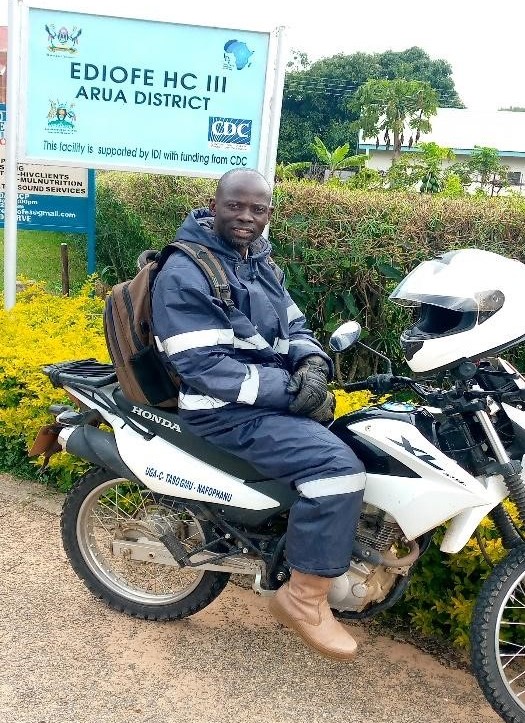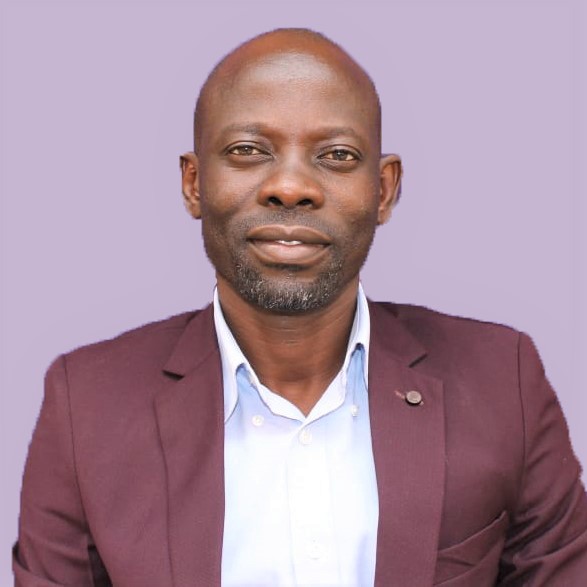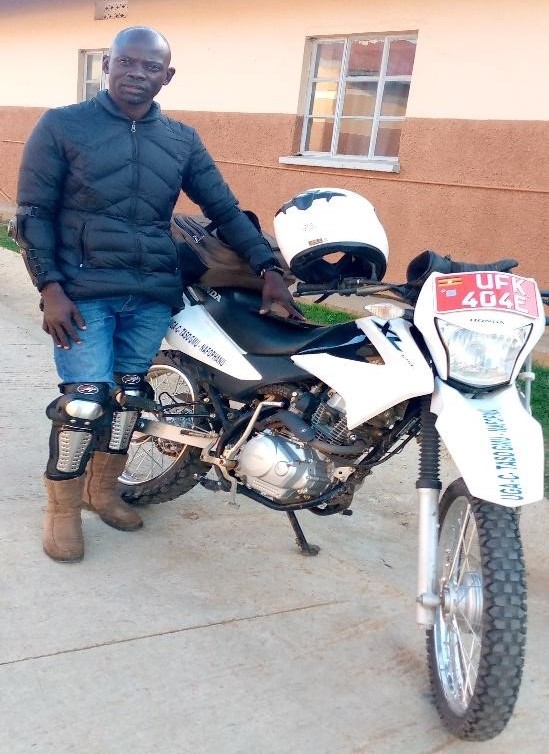Uganda is one of the 30 nations with the highest TB/HIV burden and one of the 20 countries responsible for 83% of cases of persons who do not know their TB status and accordingly do not get appropriate treatment.
By Fred Opon
In order to end Tuberculosis (TB) by 2025, Uganda has adopted one of the strategies recommended by the World Health Organization (WHO) which is the use of Tuberculosis Preventive Therapy (TPT) among people living with HIV but are TB negative, and initiation of all TB negative contacts. Active TB has been excluded regardless of their TB history and level of immunosuppression or ART status. TPT is safe for the treatment of latent TB infection (LTBI) among PLHIV (People living with HIV) and prevents progression to active TB infection in this population.
Uganda is one of the 30 nations with the highest TB/HIV burden and one of the 20 countries responsible for 83% of cases of persons who do not know their TB status and accordingly do not get appropriate treatment. The progress made in reducing the number of people who are not on appropriate treatment was negatively affected by COVID despite Uganda’s success in eradicating TB as a public health concern. The government of Uganda, with a strategy of Catch-up and (CAST) (Community Awareness, Screening, Testing, Prevention and Treatment to end the TB campaign which were implemented by the National TB and Leprosy Program (NTLP) in May 2021 and March and September 2022 respectively) substantially addressed the aforementioned challenges, with remarkable success in terms of detecting new and relapse TB cases.
Systematic testing for TB of all family members and close contacts of TB patients through contact investigations are essential for stopping the spread of TB. It is also important to identify people with TB and HIV, and have them start early treatment. This helps in locating people (contacts) who are at a high risk of developing TB, initiating them on TB preventive medication, and offering education and counseling on infection and its control. Contacts are individuals who have spent one or more nights or long stretches of time during the day with a patient confirmed with TB in the three months prior to diagnosis.
“TB Testing and Treatment are free of charge at all Gov’t Health Facilities.”
Contact tracing involves interviewing the confirmed person who has tested TB positive, informing him or her about the TB disease, generating a list of potential people that have been in close contact with the person, organizing and scheduling time for health professionals to perform contact tracing activity through screening during home visits. Among the contacts, people with signs and symptoms of TB (Presumptive) are further evaluated and samples of their sputum (cough) are tested for TB and initiated on TB drugs when results turn positive, whereas those without signs and symptoms of TB (Non-presumptive) are started straight away on TB preventive therapy for 12 weeks using 3HP.
“Support people with TB to adhere to Treatment”
A community member who has TB but is unaware of it can be found through contact tracing and the infection contained as they receive treatment. Contact tracing also reveals folks who have been in contact with TB patients and after that, TB preventive medications to stop the TB from becoming active can be given to them. This also gives chances to health workers to provide information and counseling to those who may have been exposed to TB as well as to the larger community. It is important to note that contact tracing is at the heart of TB control and prevention.
Under the Global Fund, CEHURD is implementing contact tracing for Pulmonary Bacteriologically Confirmed TB cases (PBCs) in 13 districts of West Nile in 147 Health Facilities. This project is being funded by Global Fund through UGA-C-TASO project and in the last two years CEHURD has facilitated contact tracing through Regional TB/Leprosy Supervision, District TB/Leprosy Supervision, Facility TB Focal Point Persons and lastly VHTs and TB expert clients.
Over the implementation of this intervention, it is evident that, in order to gain entry to previously inaccessible communities for TB screening, strong community links are essential. A larger TB yield can be achieved using patient-led contact tracing as opposed to the conventional health worker-led method. With this method, healthcare providers can reach out to people who may not have known that TB patients existed. There are more TB cases in communities than in hospitals and so there is still a great need to continue taking TB services to communities rather than waiting for them to come at late stages to the hospital or health centers for testing and treatment.
While patients of TB can cure, People with tuberculosis are particularly vulnerable to being marginalized, stigmatized, and discriminated against. This stigma and discrimination have a negative impact on the country’s commitment to conduct contact tracing. More than ever, concrete steps must be taken towards a gender-responsive approach, accompanied by detailed instructions for local communities. This is especially so given the gender roles played by women as carers in our communities.
It’s masterful that these interventions are dependable on community representatives or leaders to assist in fostering relationships with the affected people and community members. Other key players could also be cultural or religious leaders, public figures, unofficial gatekeepers, educators, local business owners, taxi drivers, saloon owners and others. They can be engaged to localize homes for the TB clients for contact tracing including a focus on difficult-to-reach subgroups and to gain support for contact tracing interventions.
“TB is curable and Drugs are free at all Gov’t Health Facilities”
It is also critical to provide a community feedback channel to guarantee that misconceptions, complains, and suggestions from the communities about contact tracing activities are reported, discussed with relevant teams and used to improve message, message delivery and methods to let them know that their voices are being heard and taken into account.
“Yes! We Can End TB”

The writer is a TB Contact Tracing Officer at the Center for Health, Human rights and Development in the Community Empowerment Program.


